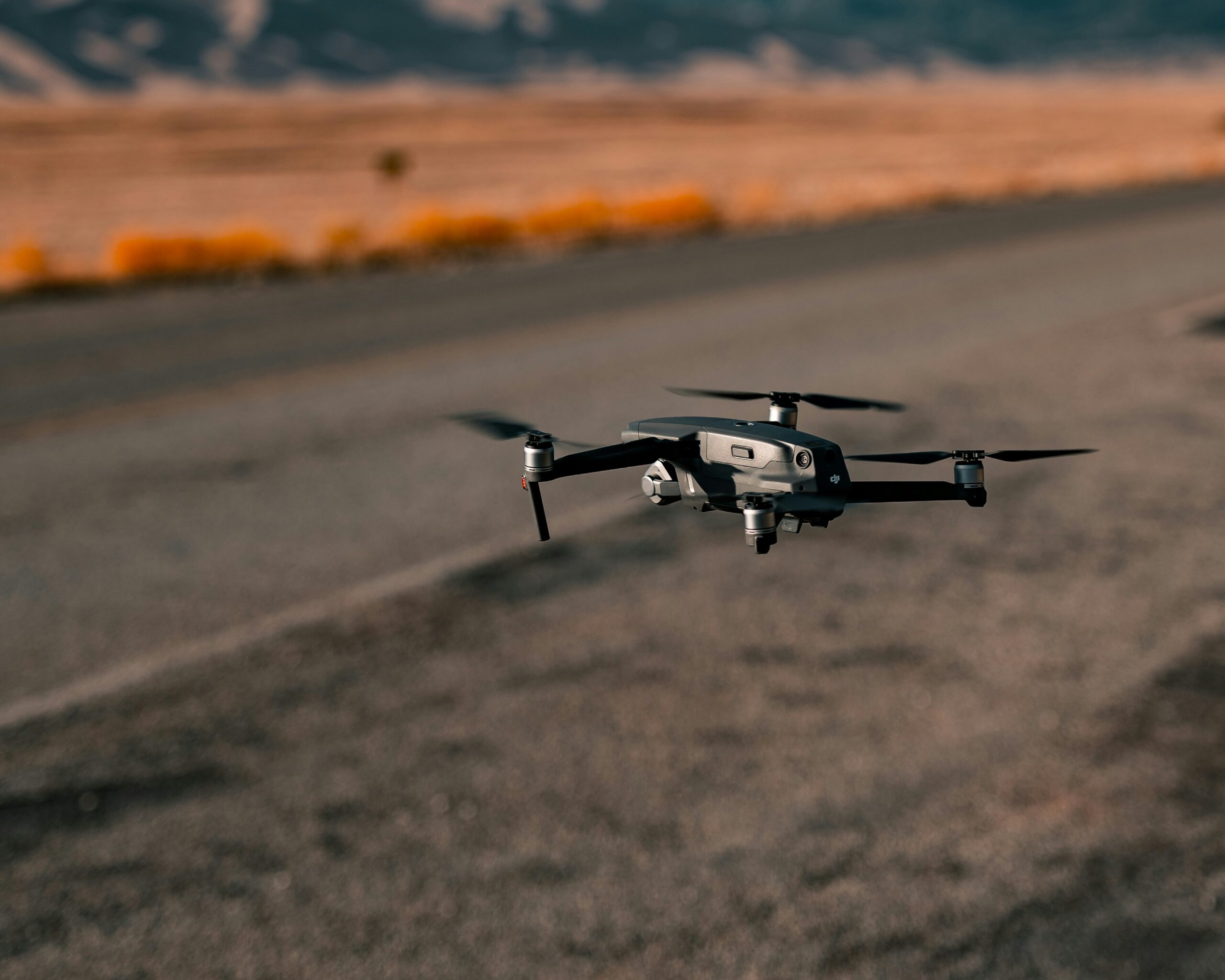With America’s new focus on increasing production for drones and unmanned aerial vehicles (UAVs), our team wanted to address some of the challenges that our economy might face in scaling up.
1) Production Capacity
Challenge: Rapidly scaling UAV production to meet potential demand.
How we help: U.S.-based manufacturing, proven supply chains, and design-for-manufacturability (DFM) support to get you from prototype to mass production without re‑architecting your shutter.
2) Component Reliability
Challenge: Reducing dependence on foreign parts and building a resilient domestic supply base.
How we help: Brandstrom Instruments manufactures 100% American-made components and domestic engineering support to ensure secure, reliable sourcing to avoid production and supply interruptions.
3) Cost Pressure
Challenge: Delivering affordable, mass-producible drone components with resilient supply-chains
How we help: Brandstrom Instruments offers commercial off-the-shelf components like the A0536‑2, A1263 and D1949‑1 to minimize NRE (non-recurring engineering). In addition we offer compact customizations when needed, so you only pay for what performance truly requires.
Why UAV engineering teams choose Brandstrom
- 100% American‑made
- Small, light, efficient: Ideal for hand‑thrown, medium-sized UAVs as well as larger airframes.
- Proven, not theoretical: Deployed on many UAV programs, from small to very large platforms.
- Design partnership: Brastrom Instruments’ engineers partner with your engineering team to collaborate informally or under NDA if required.
- Shock & vibration stability: Engineered to survive flight and maintain precision actuation.
- Scalable supply: 1 to 100,000+ units, supported by robust U.S. manufacturing.
Working with Brandstrom Instruments
When you contact our engineers, we work in real-time to discuss the key specifications for your drone/UAV program.
- Your envelope & duty cycle, including size, mass, rotation, torque, power constraints, and life cycle requirements.
- Pick a fast path
- Start with standard configuration to hit the ground running.
- Or co‑engineer a compact custom unit for tight spaces.
- Roadmap from Prototype to Qualification to Production.

